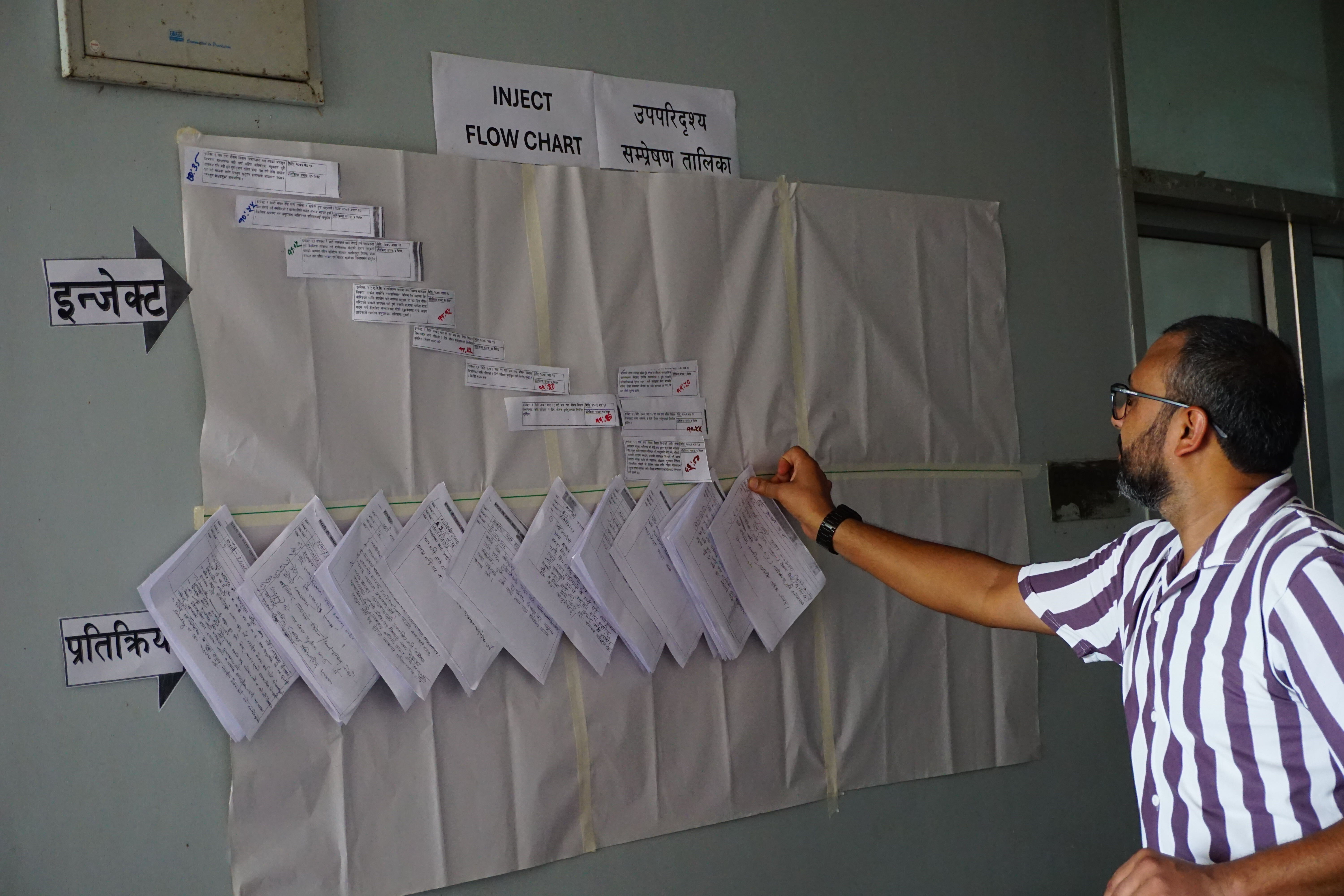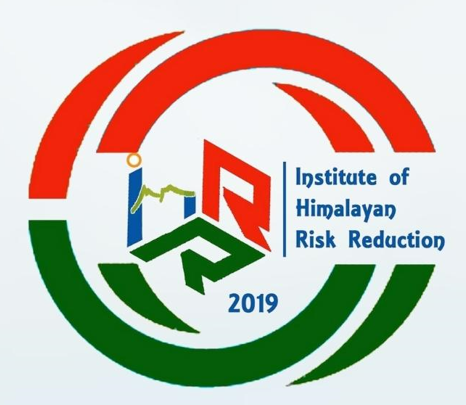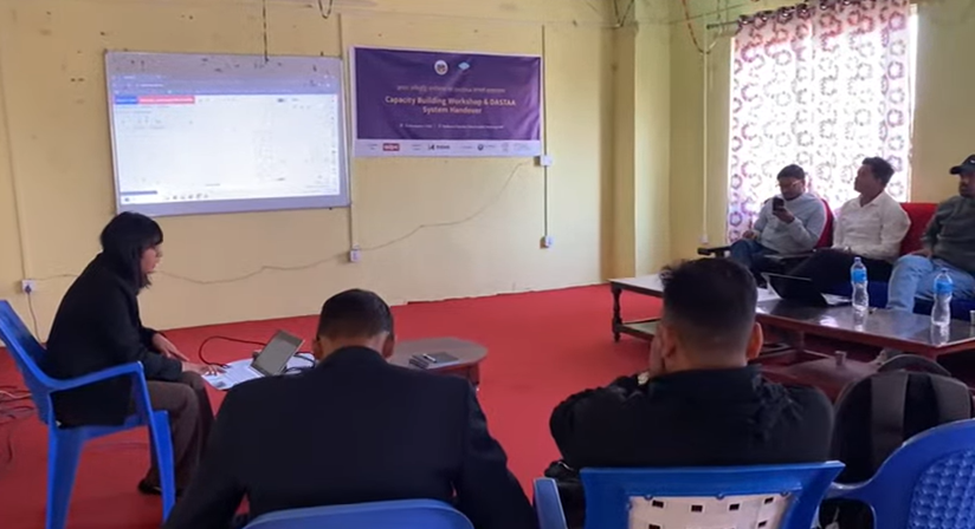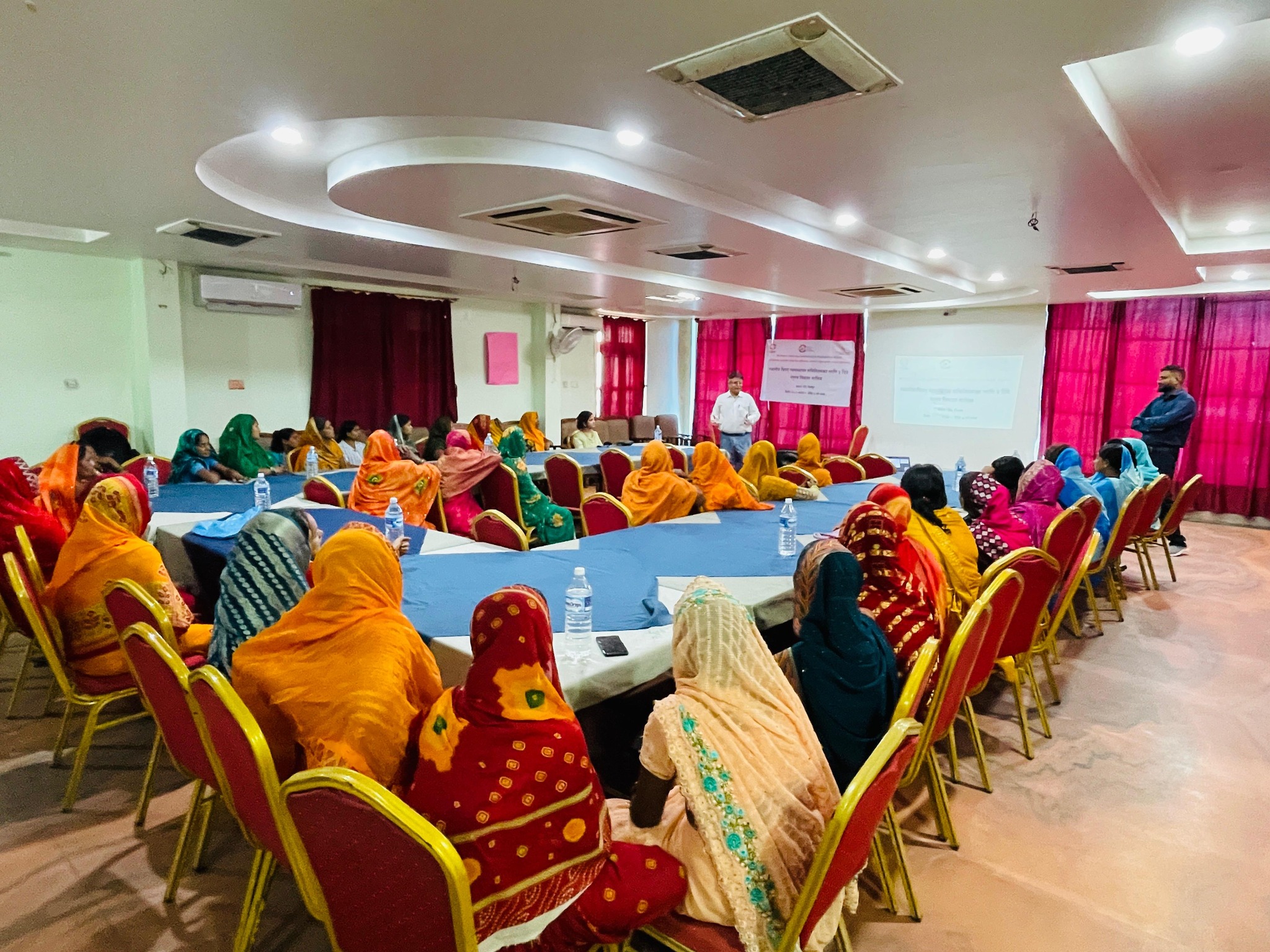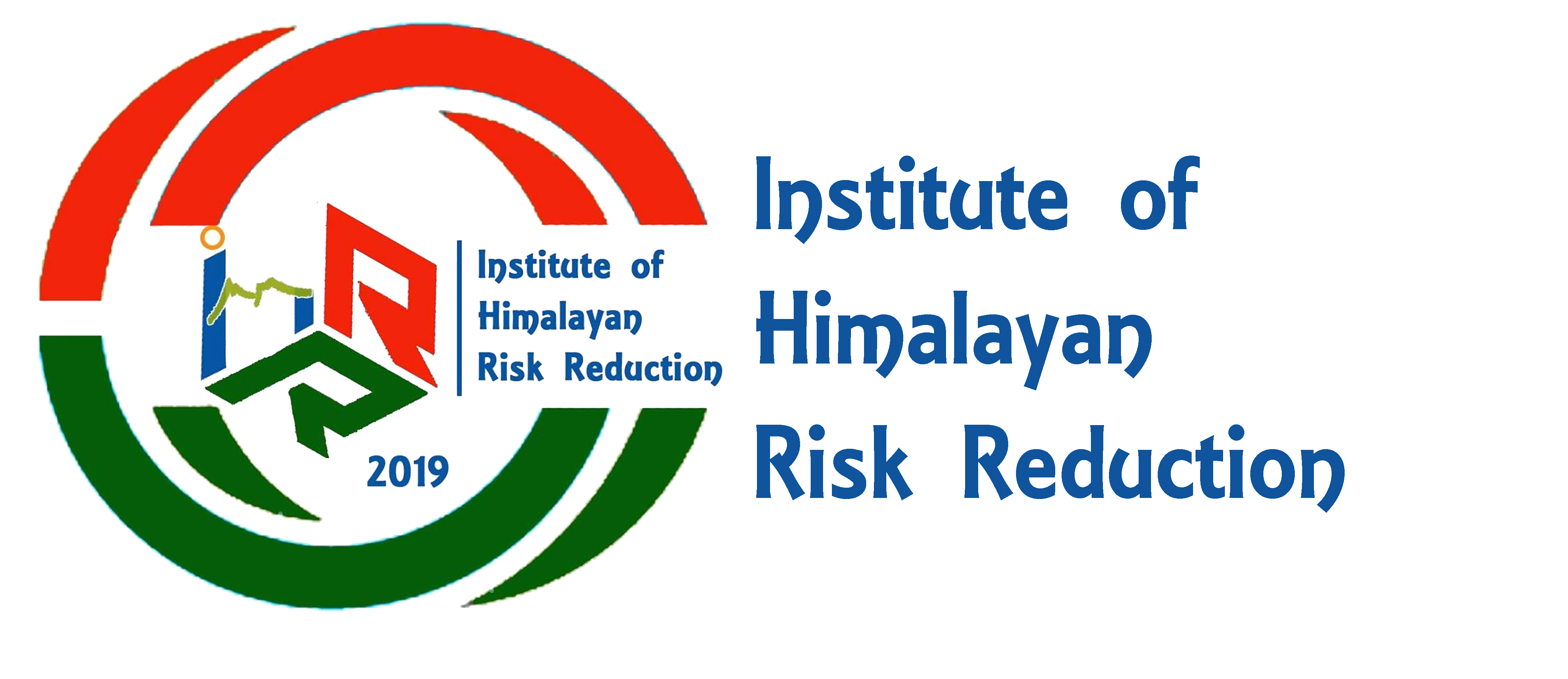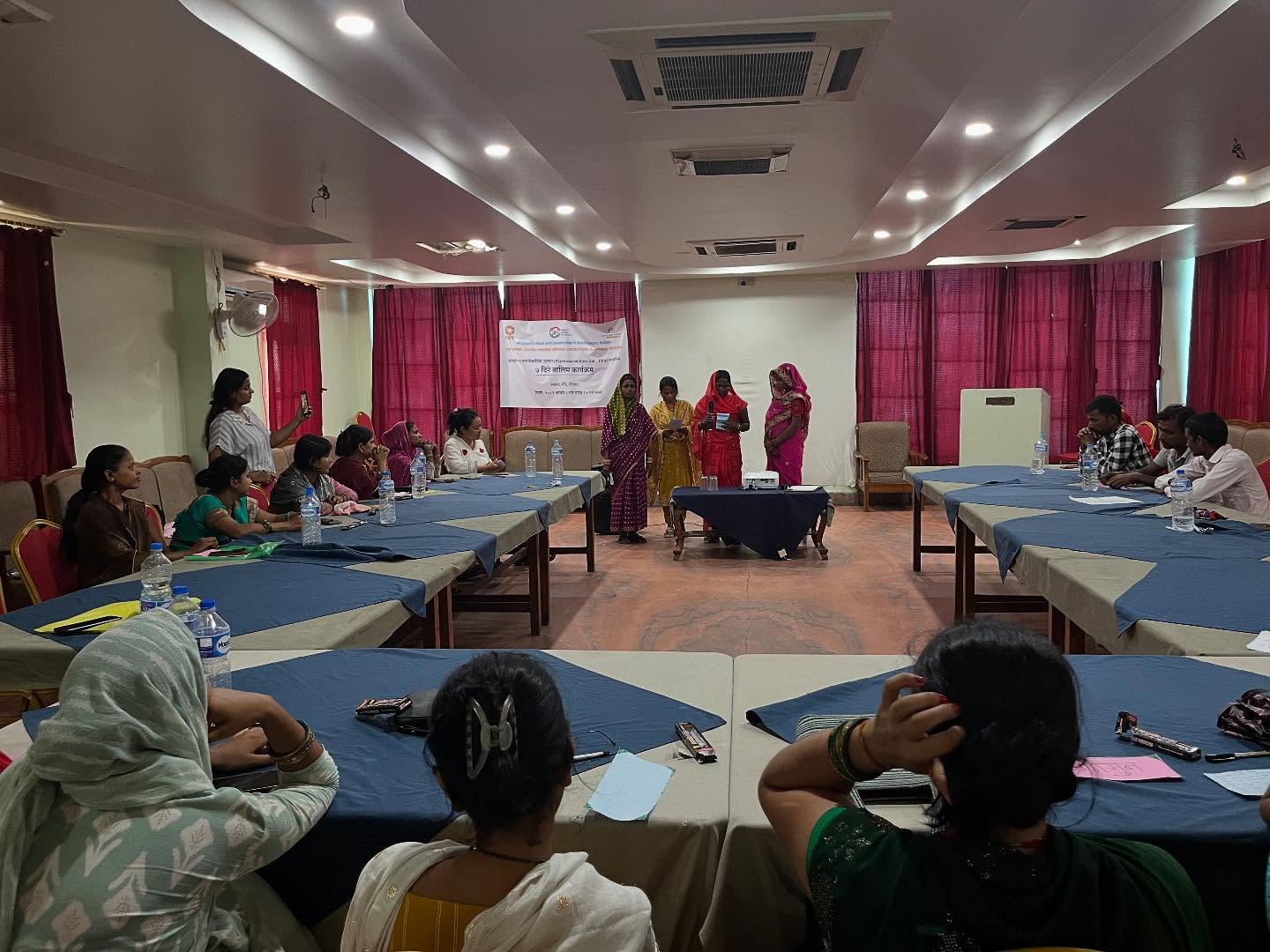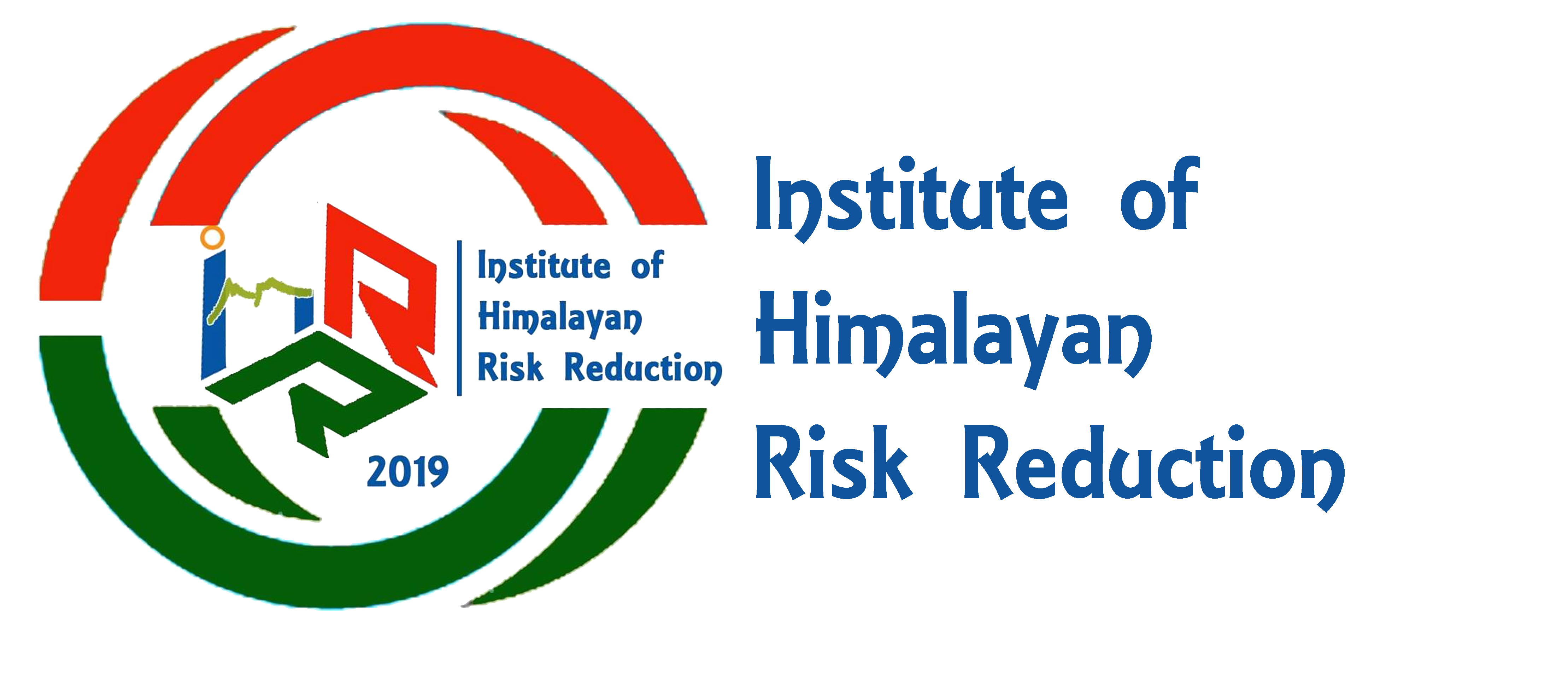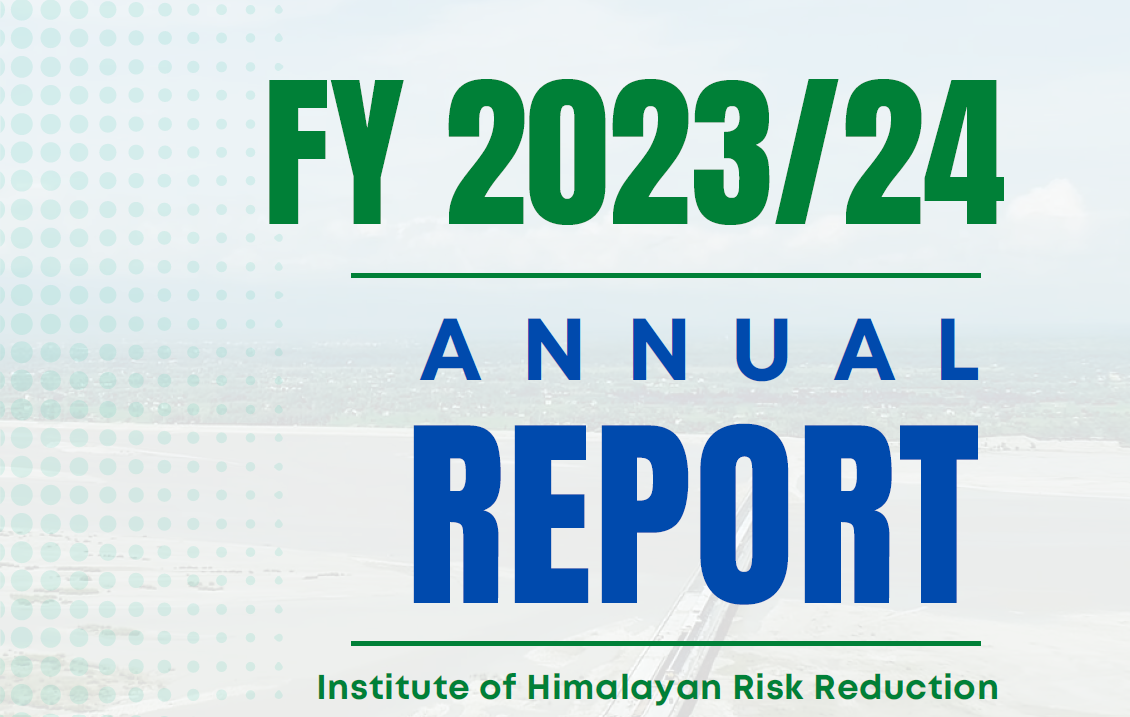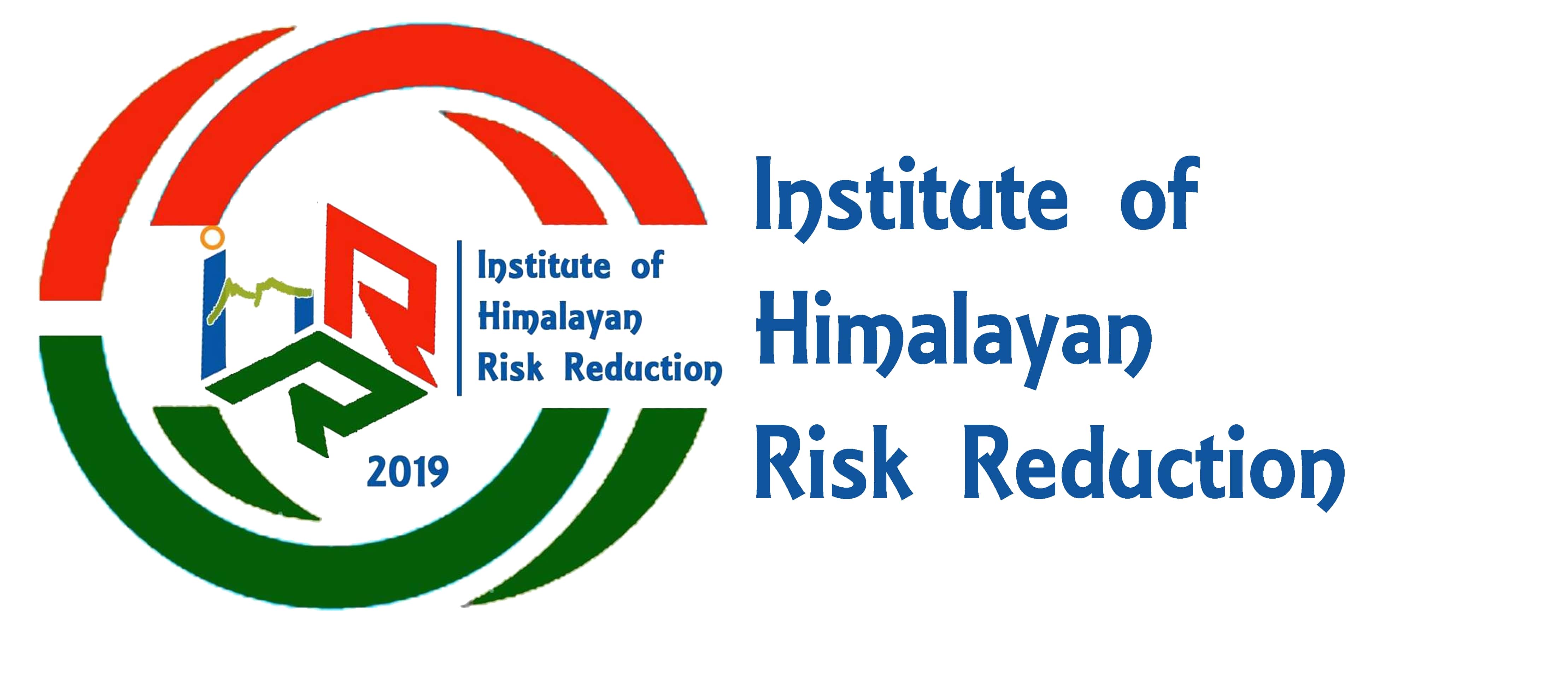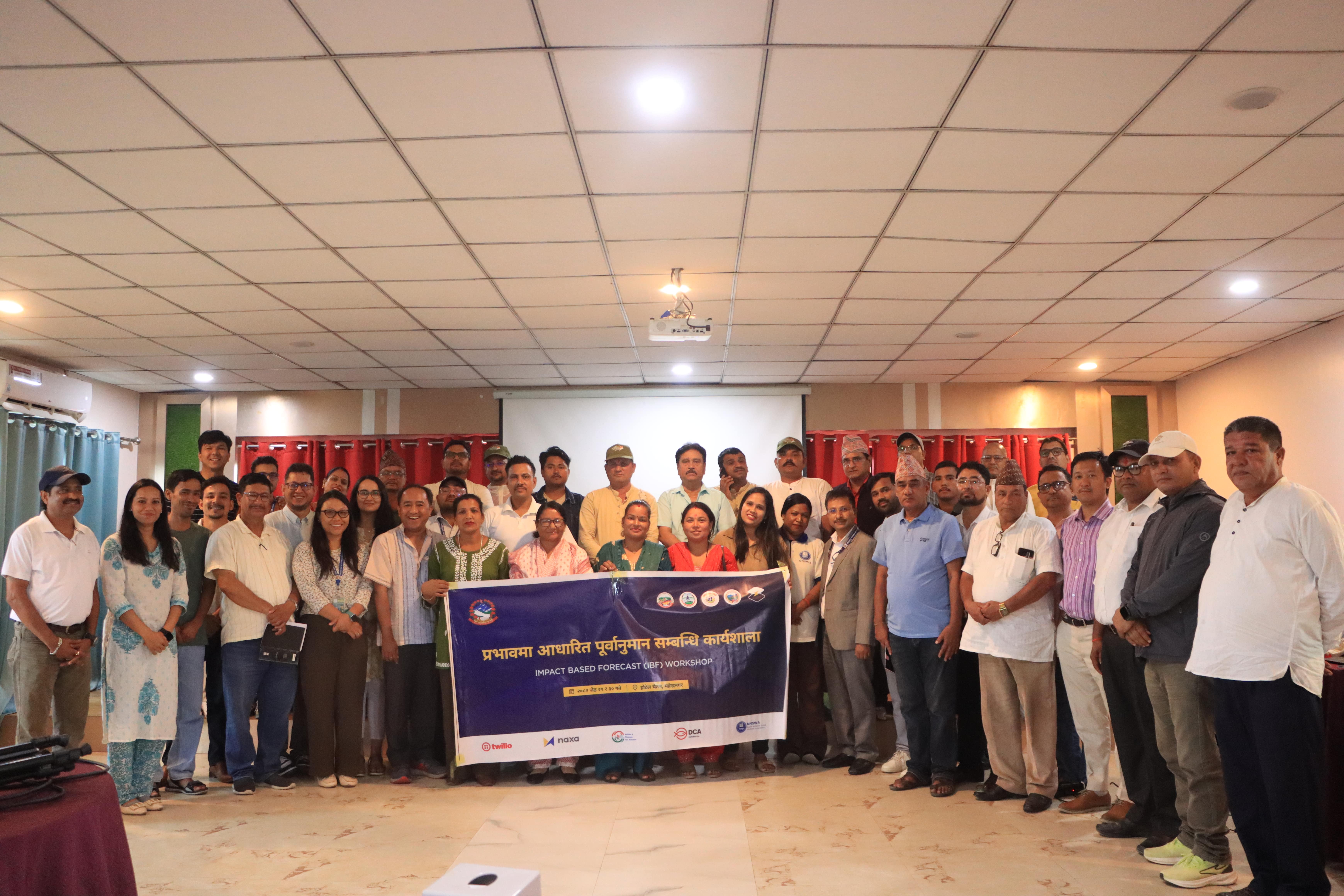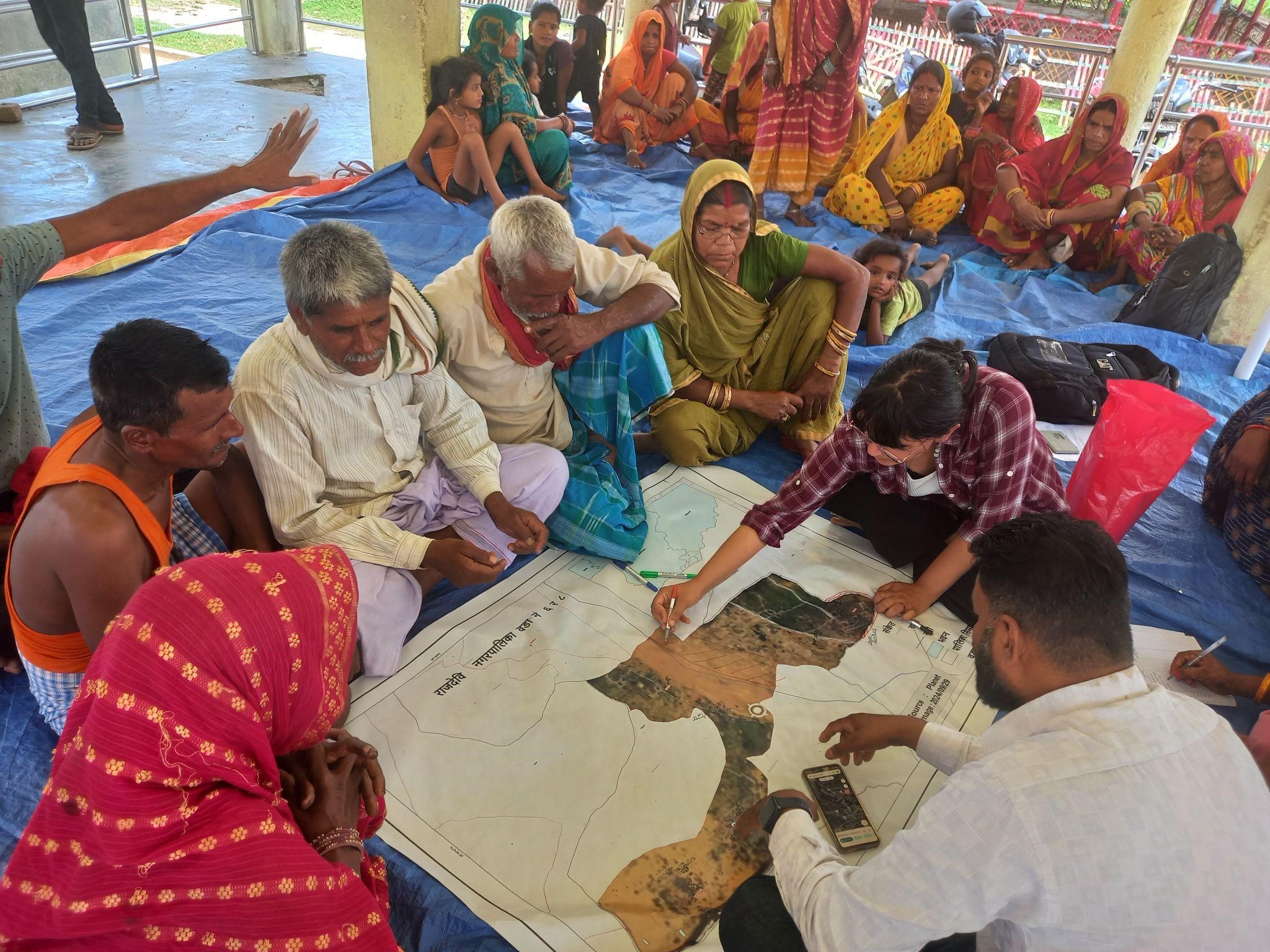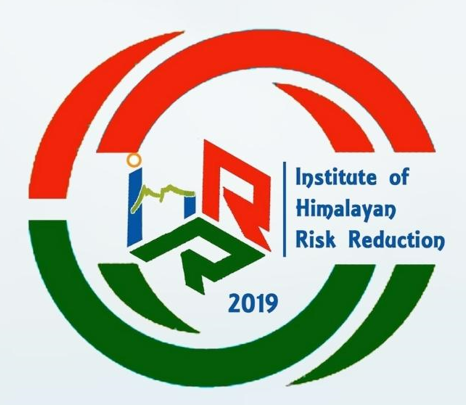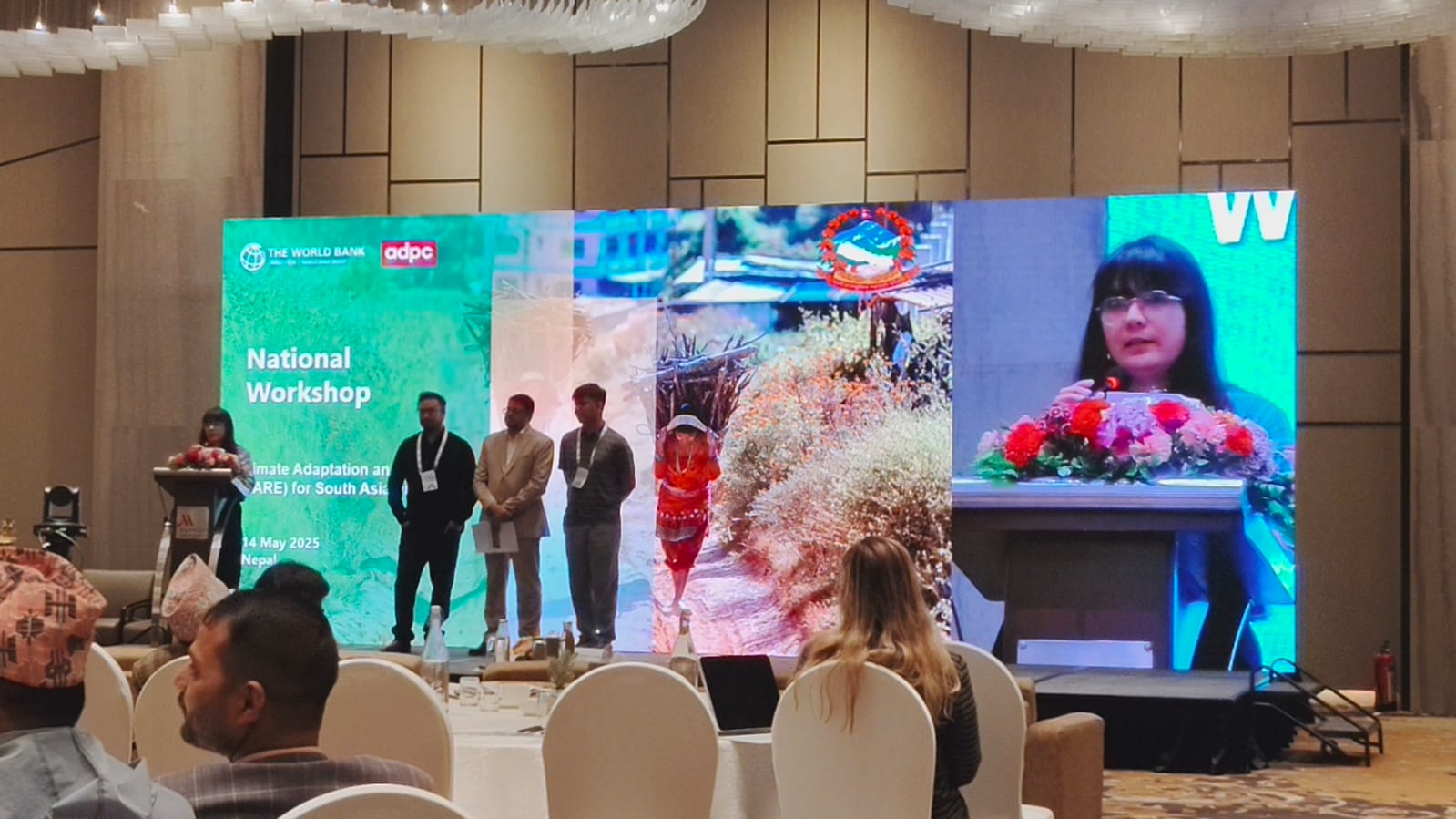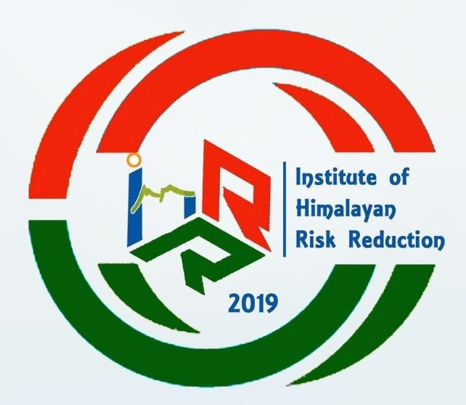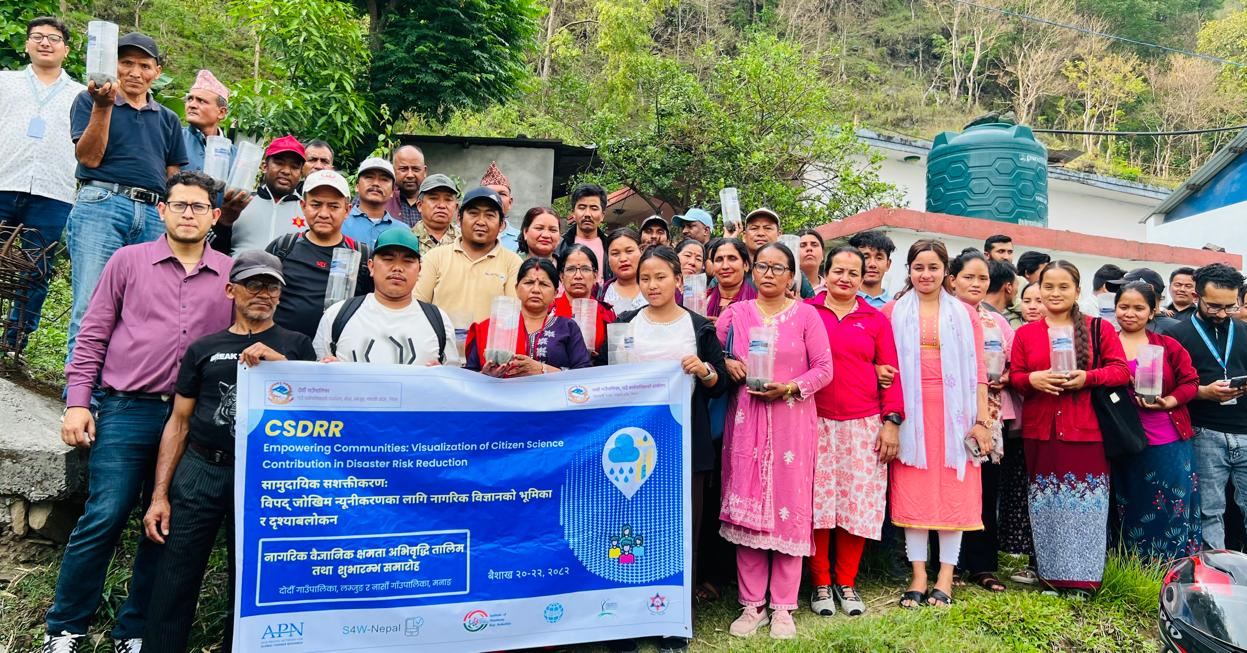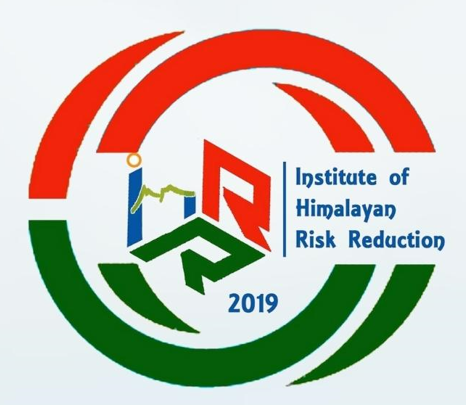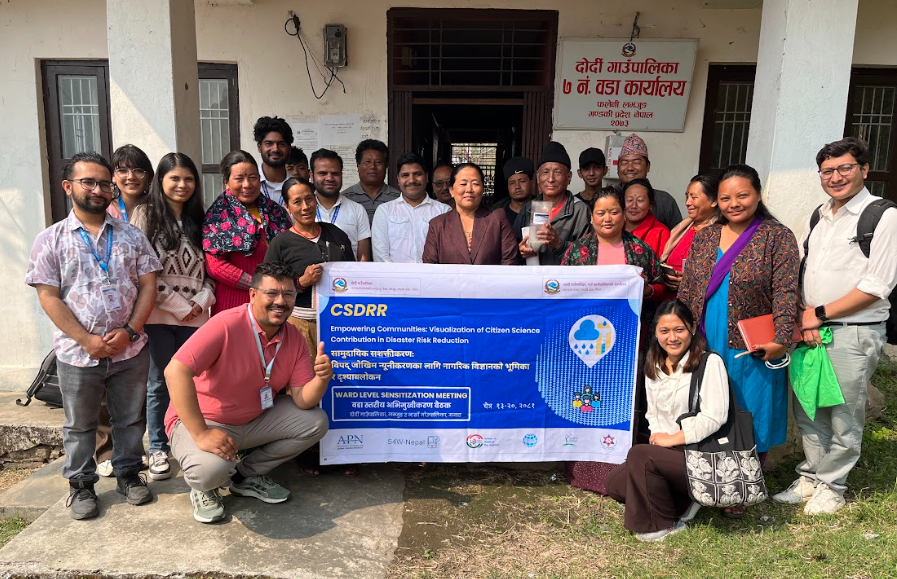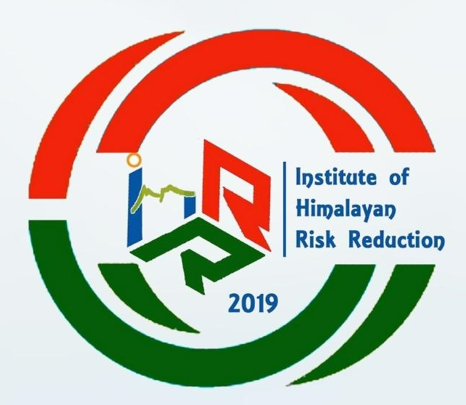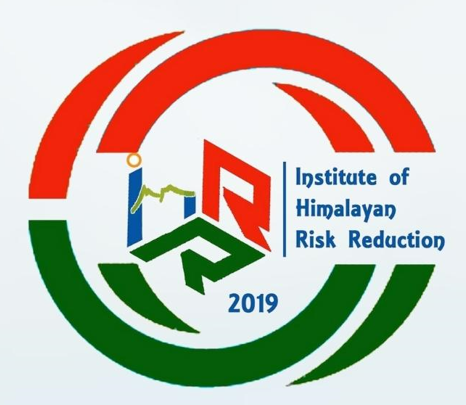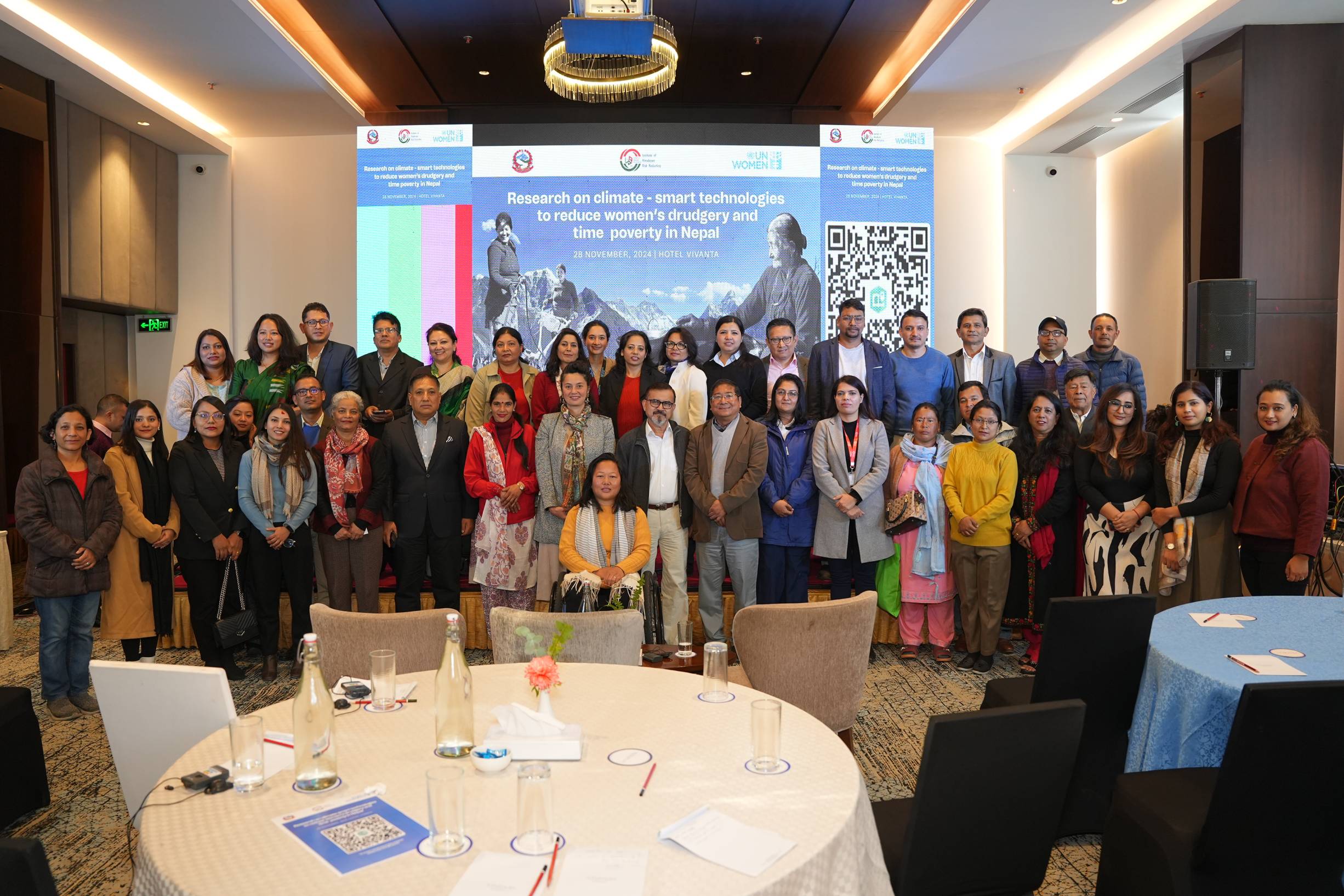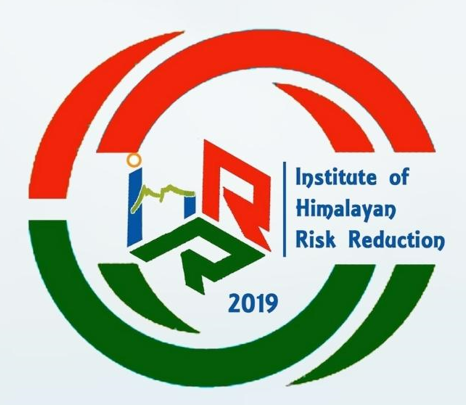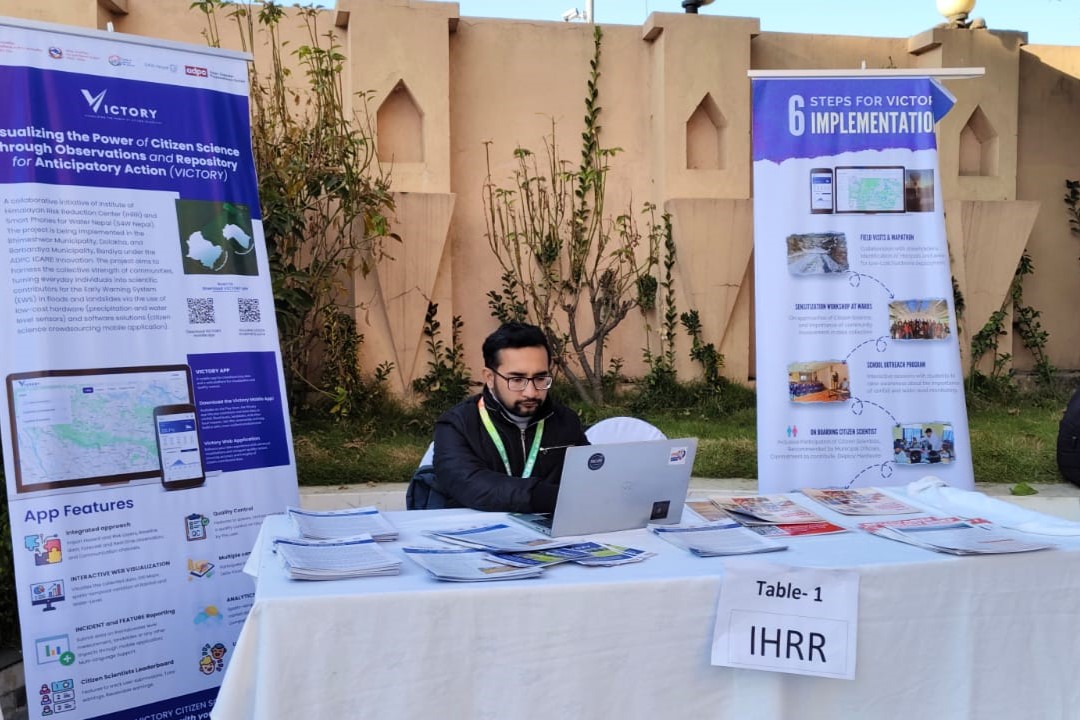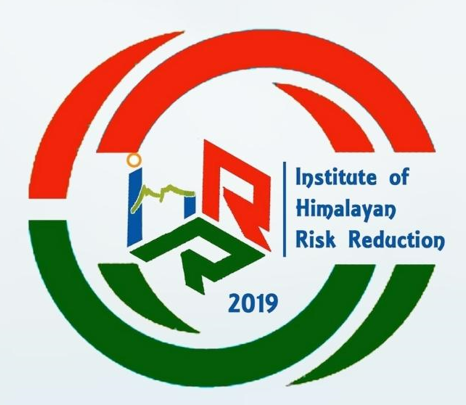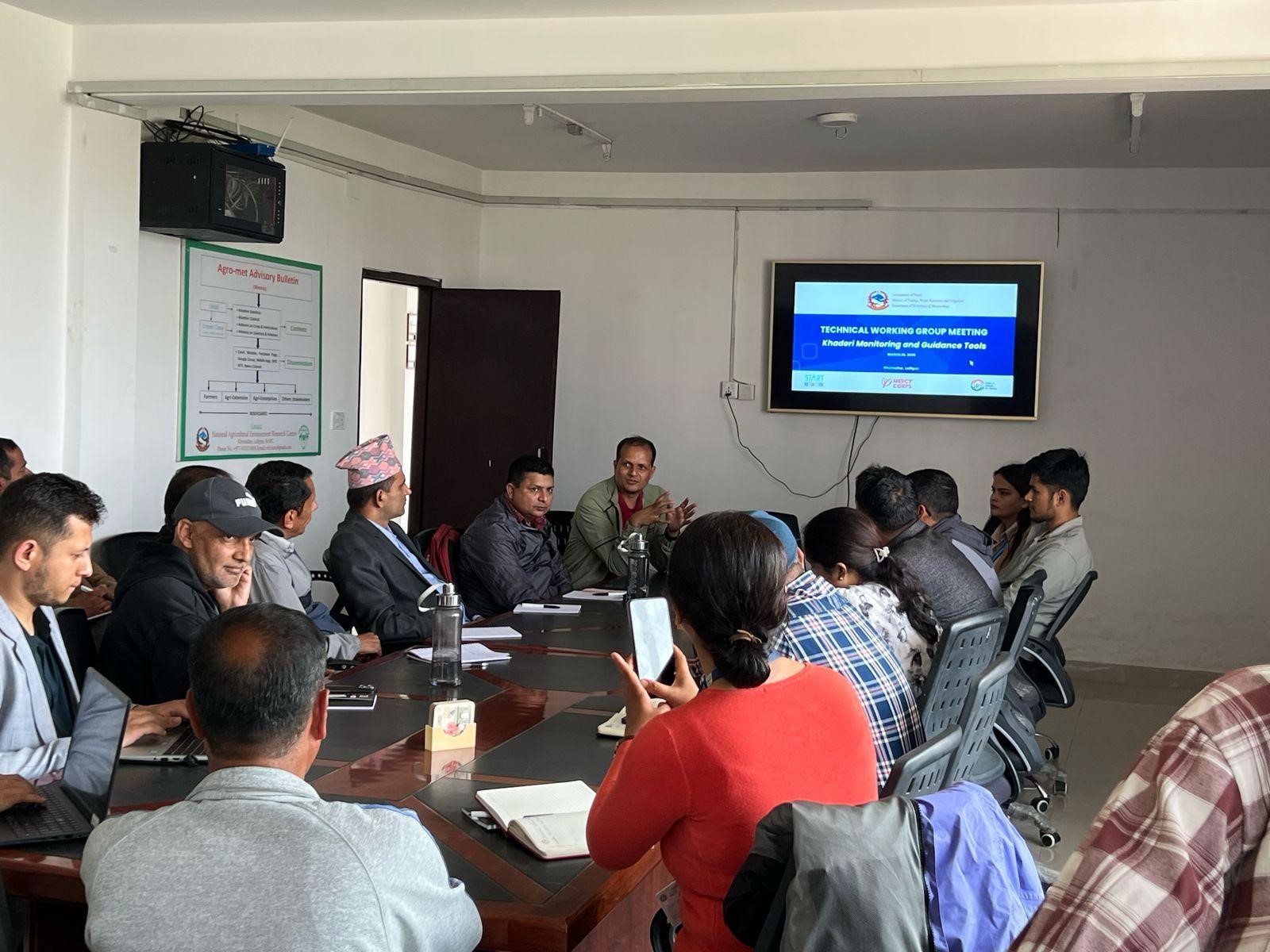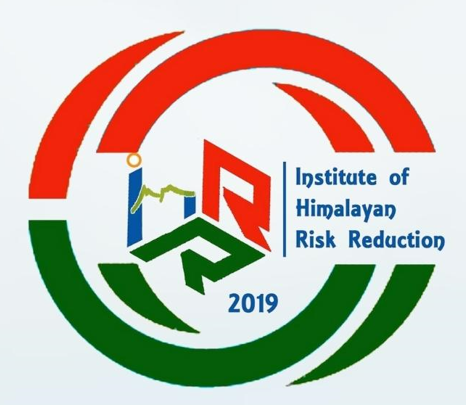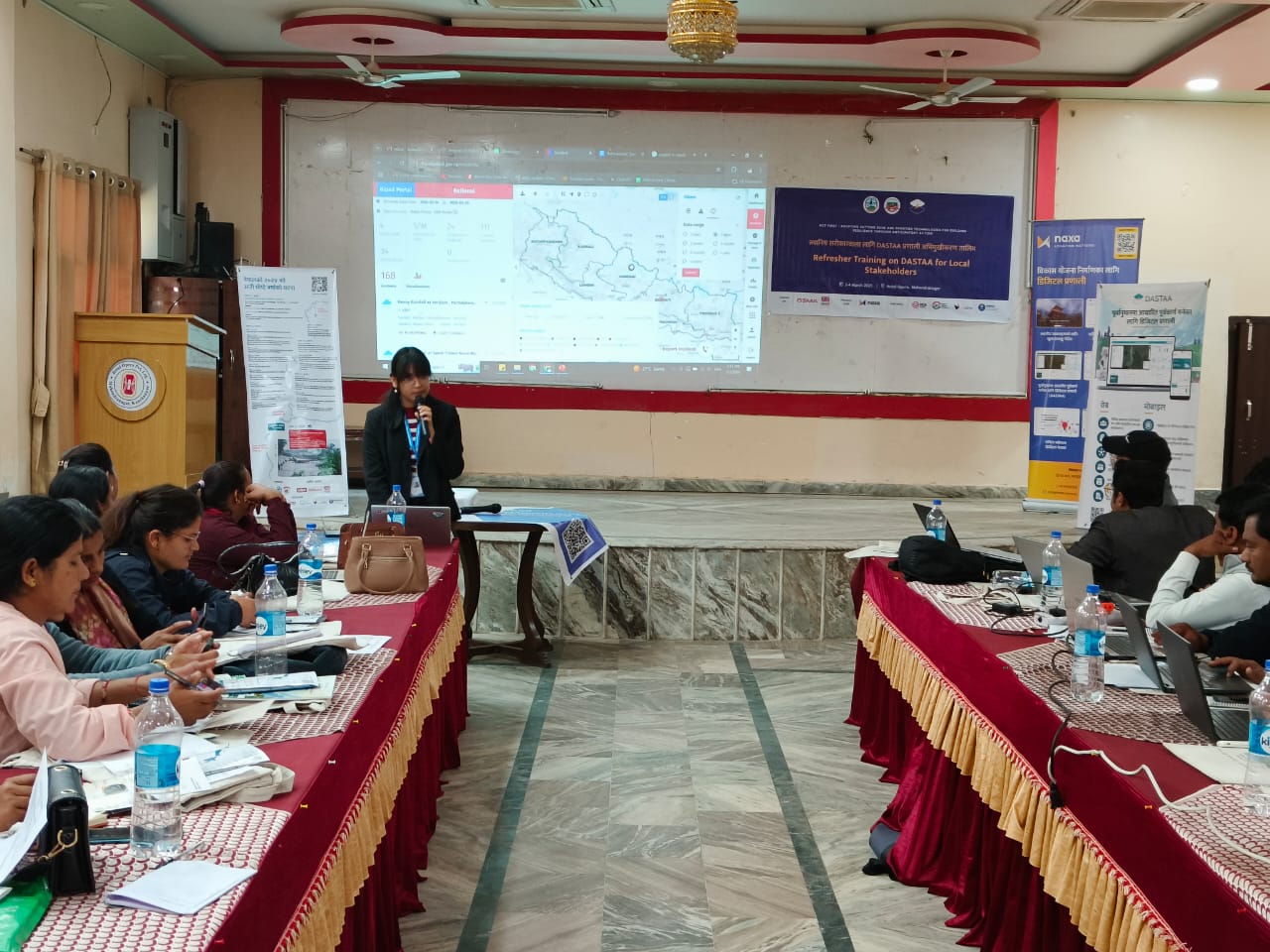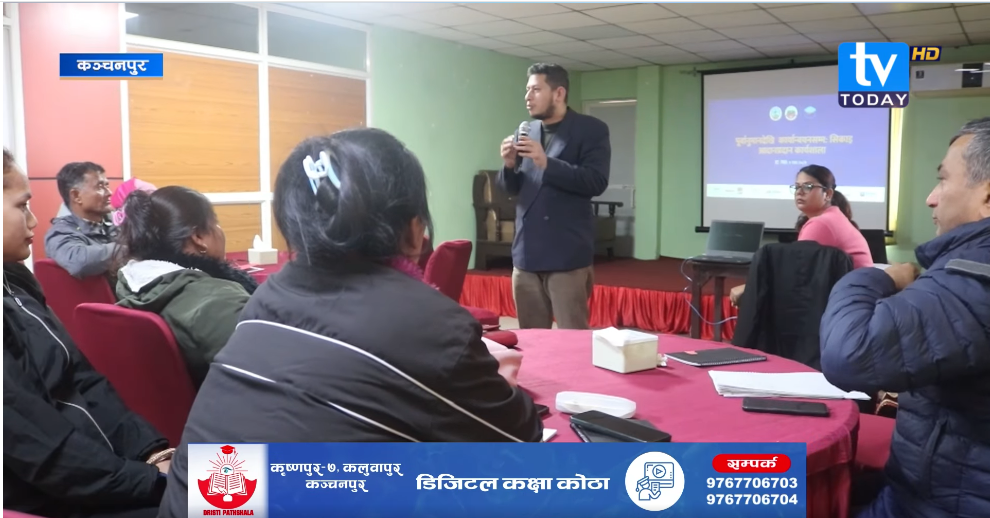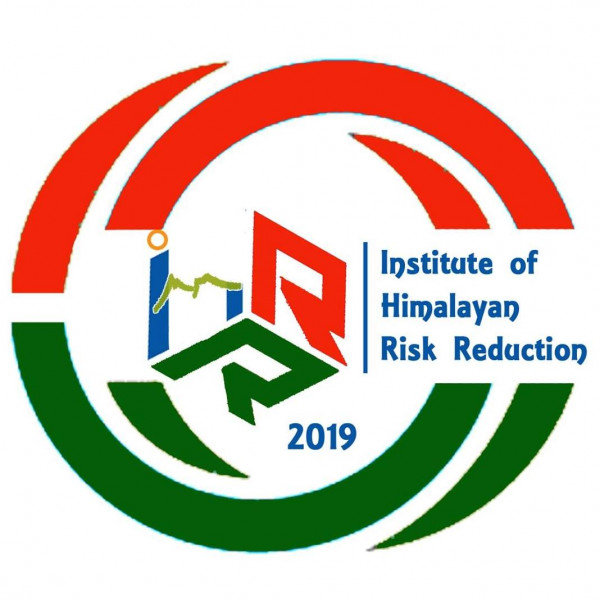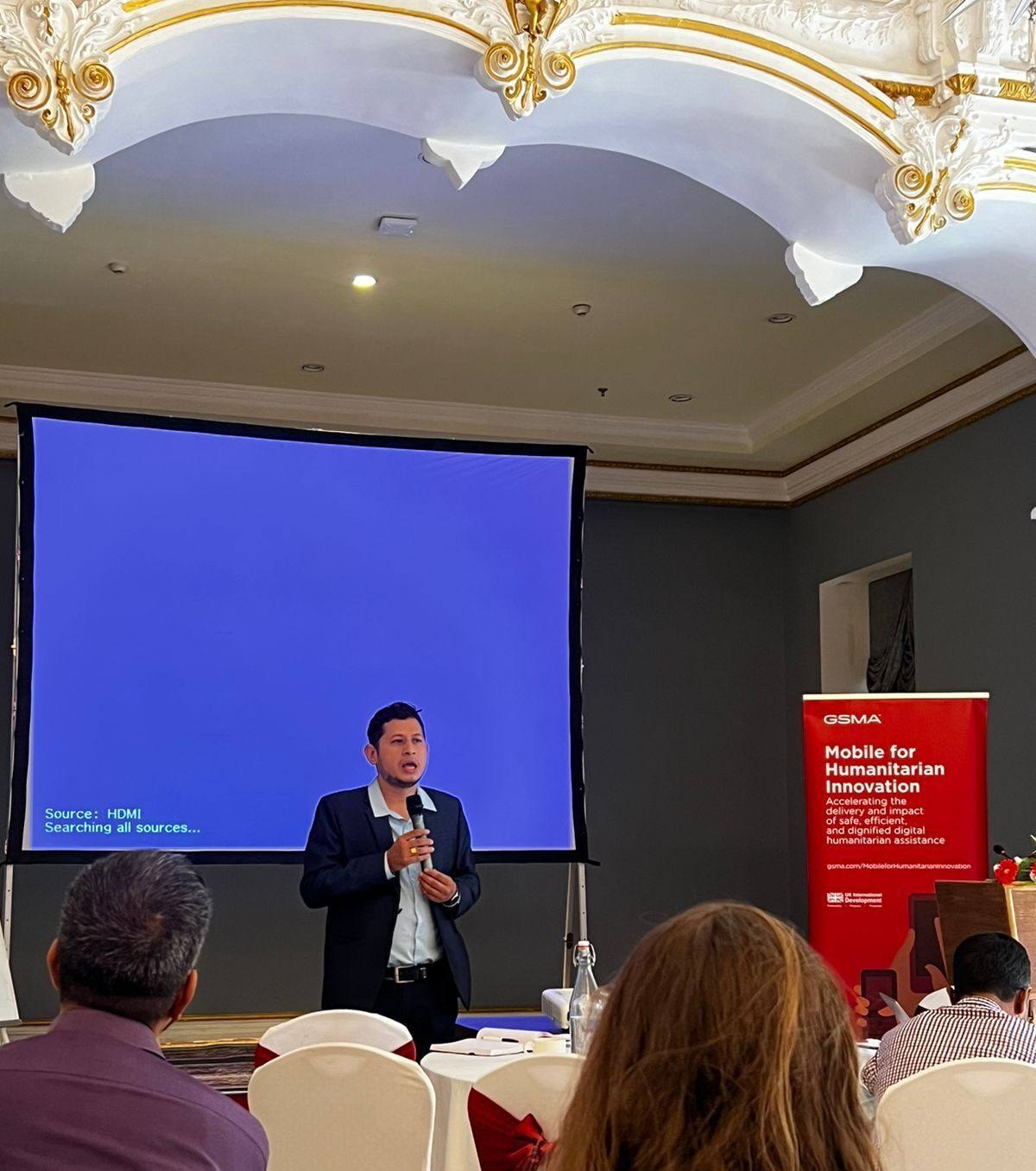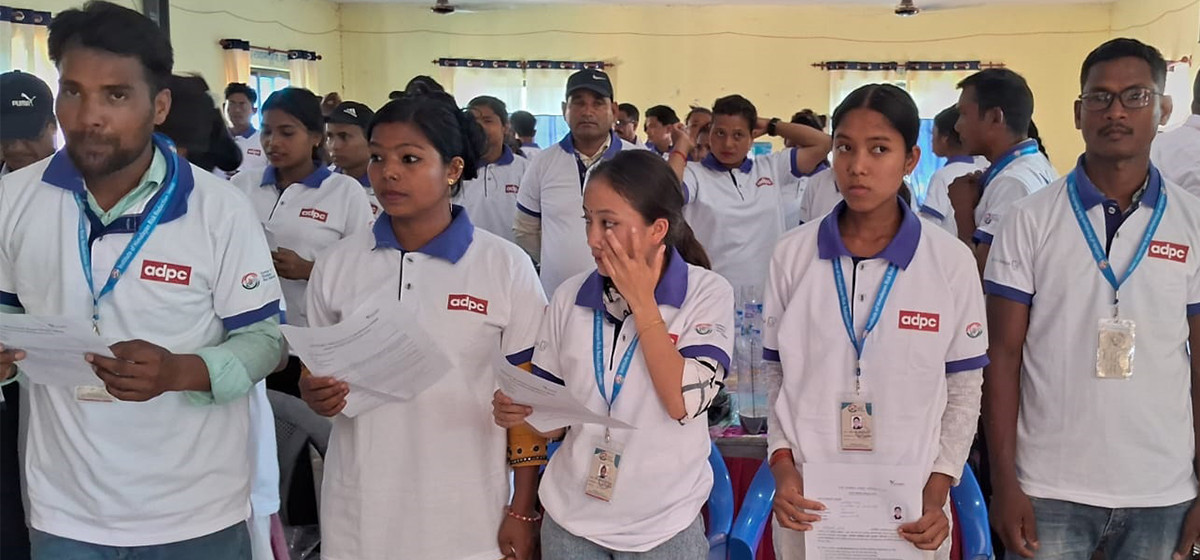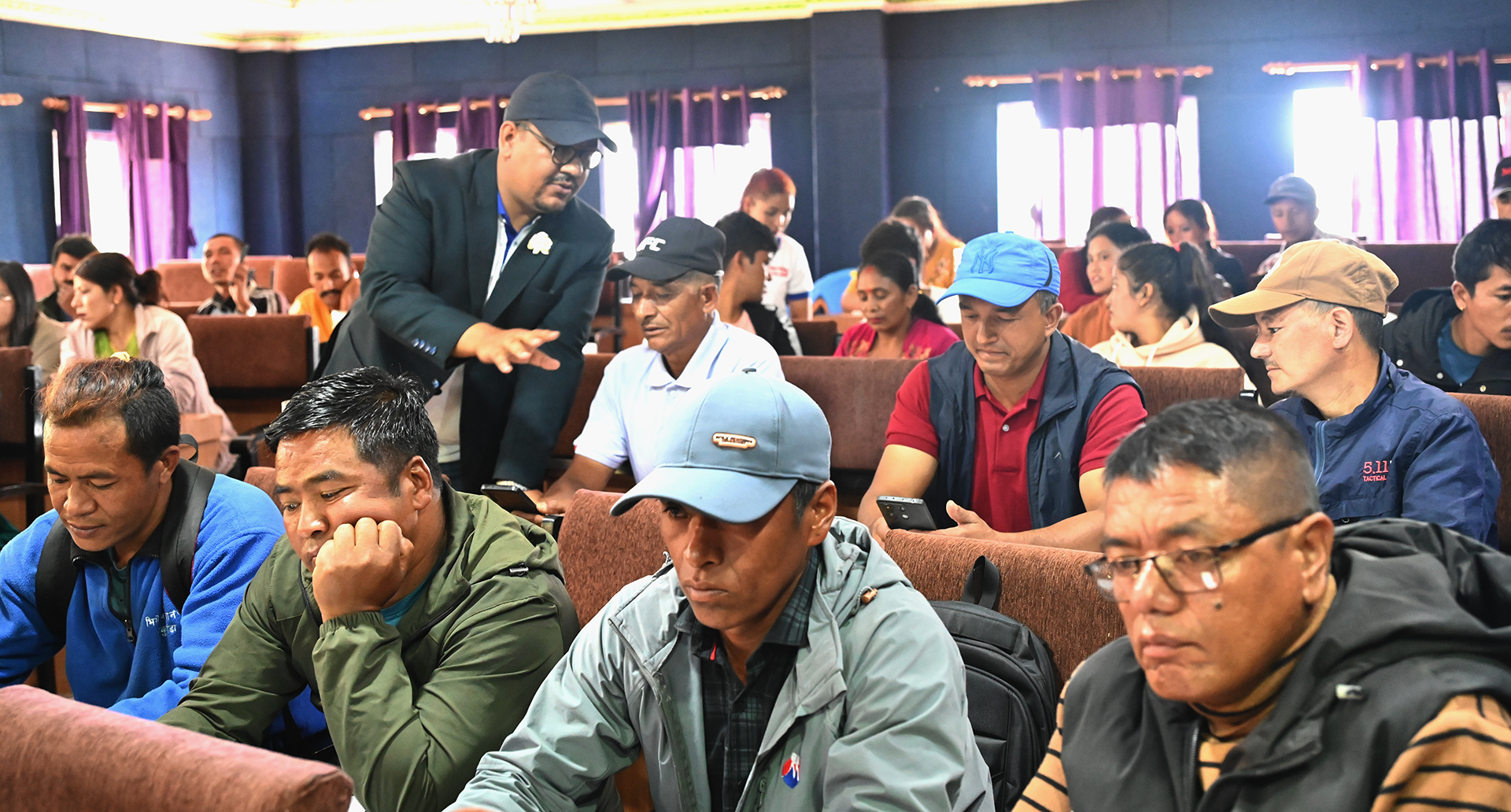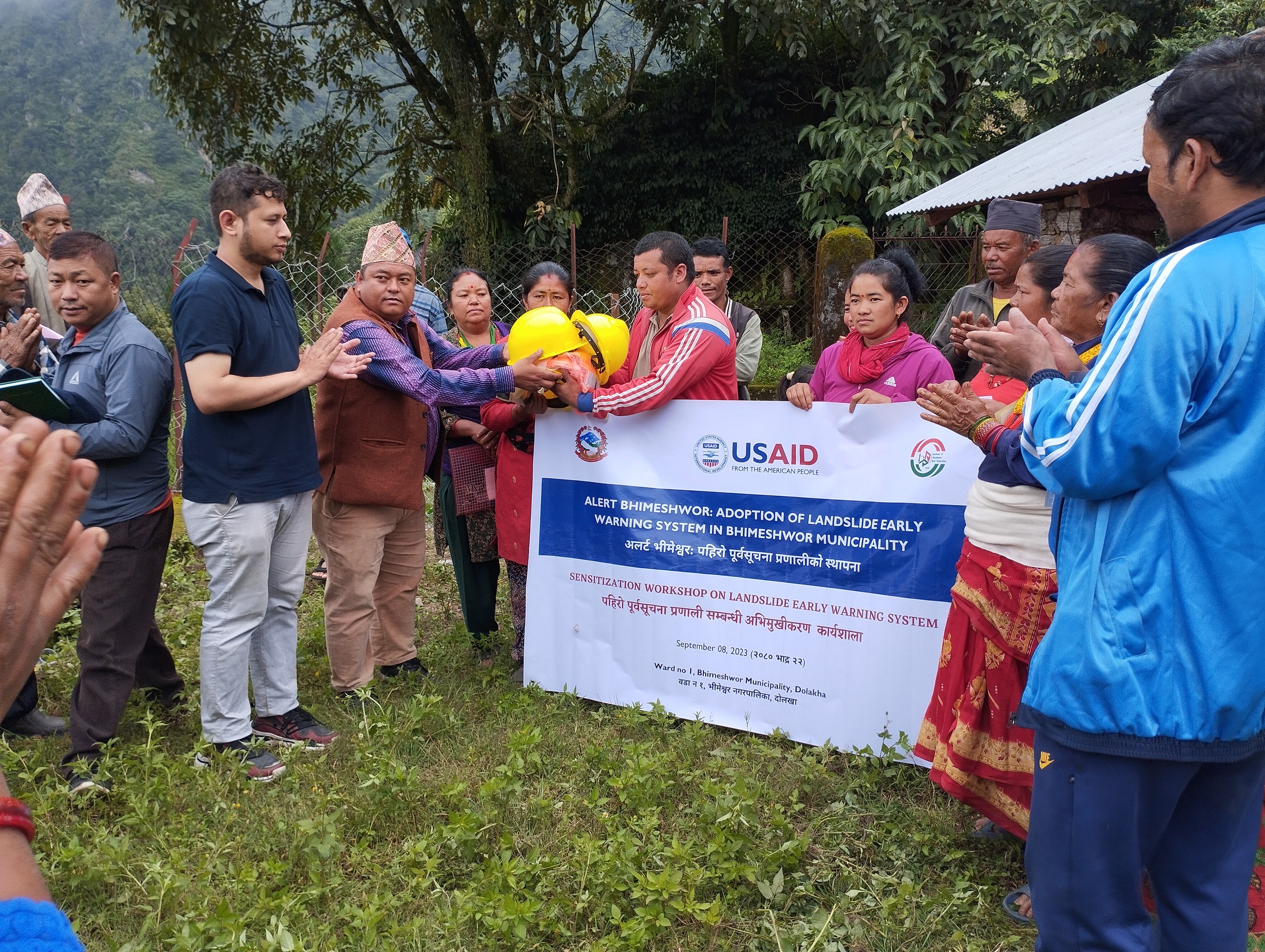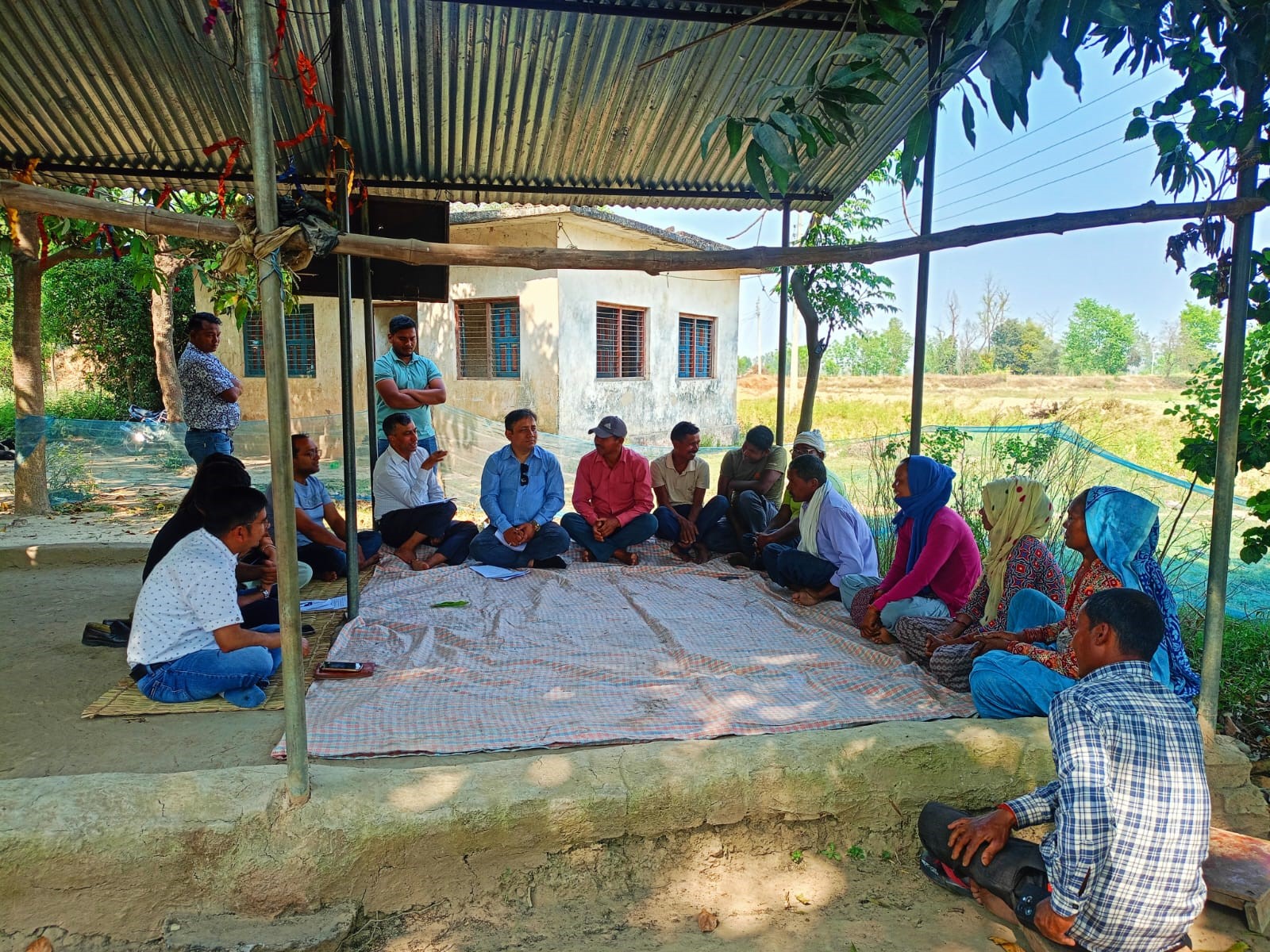

IHRR
Apr 17,2025
April 6, 2025 | Kanchanpur District
Experts including agriculturist Ms. Sapana Acharya and meteorologist Ms. Pooja Lamichhane from the Institute for Himalayan Risk Reduction (IHRR) visited Punarbas Municipality, Kanchanpur, on April 6 to assess the growing impact of drought on agriculture under the ongoing Khaderi Project. Joined by a team of disaster risk reduction (DRR) and anticipatory action specialists, the field visit revealed a deepening agricultural crisis, driven by shifting weather patterns, declining water availability, and rising economic pressures on farmers.
Punarbas has faced four consecutive years without winter rainfall, a key contributor to soil moisture and early crop planning. Farmers shared their experiences of shortened and more intense monsoon rainfalls, which, instead of supporting growth, have led to unseasonal floods that destroy already-stressed crops.
The team found that major crops like wheat, vegetables, and fruits have been heavily impacted. Wheat production has declined due to limited irrigation, while vegetable farming has nearly ceased except near riverbanks with shallow groundwater. Fruit crops like papaya and banana have failed entirely under moisture stress. Meanwhile, maize is now cultivated only in homestead gardens, largely as a fire risk mitigation strategy rather than for income.
Groundwater depletion is another major concern. Farmers reported that water levels, previously available at 35–40 feet, now require boring up to 80–120 feet in some areas. Traditional irrigation canals have run dry for three consecutive years, forcing heavy investments in motorized pumps and deep boring equipment.
Despite these harsh conditions, the assessment team noted remarkable resilience among local farmers. Many have adopted drought-tolerant crops like Radha-4 rice, changed land use practices based on water access, and shifted towards resource-conserving strategies. However, these adaptations come with high financial burdens, putting added pressure on already vulnerable communities.
The team also observed rising secondary challenges, including increased pest attacks—especially borer infestation in sugarcane—and heightened disease susceptibility in rice due to prolonged plant stress.
Based on the field findings, the IHRR team emphasized the urgent need for coordinated interventions. These include groundwater recharge systems, climate-resilient crop calendars, efficient irrigation technologies, and targeted economic support such as drought-specific insurance schemes. Knowledge support through farmer field schools, soil testing, and groundwater monitoring were also identified as key steps to building long-term resilience.
"This is not just a crisis; it's a critical turning point for agricultural transformation in drought-prone areas like Punarbas," said experts during the visit. "With the right support and policies, we can help farmers adapt and thrive despite the climate challenges ahead."
The field team included Jagdish Dotel, Navin Dahal, Dinanath Bhandari, Madan Sigdel, Pooja Lamichhane, Sapana Acharya, Hari Lowar, and Sandesh Paneru, who were joined by members of the Local Disaster Management Committee (LDMC) and local farmers for the assessment.
As climate variability continues to challenge traditional farming systems, collaborative action between farmers, scientists, and institutions is essential to securing both livelihoods and local food security in the region.
